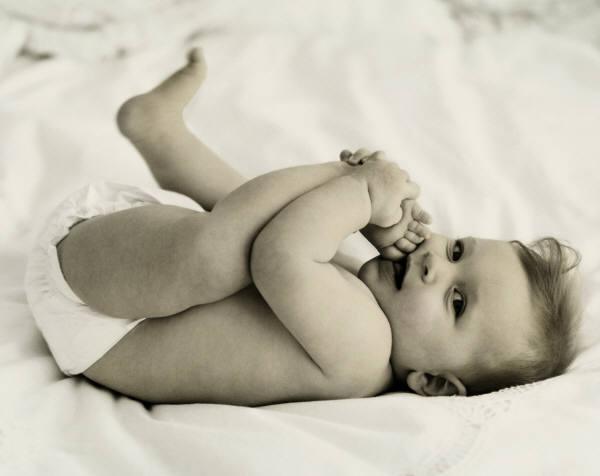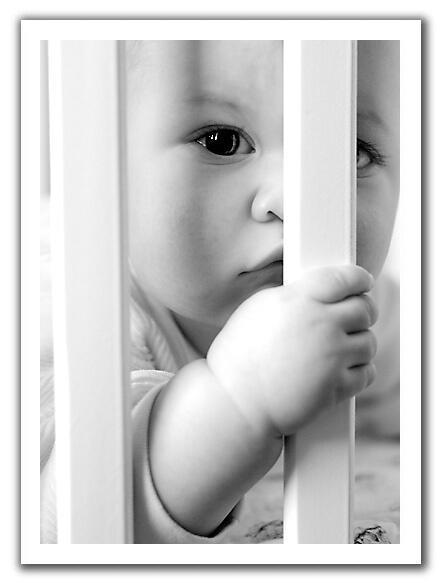We left the hotel at
about 8am after breakfast and headed to Pinnawala Elephant Orphanage, about an
hour away. The government-run orphanage
was set up in 1975 to rescue four orphaned baby elephants when they could no
longer be looked after at Dehiwala (Colombo south) Zoo. Today with over 70 elephants, it has become
the home to the largest captive group of elephants in the world. Orphaned young elephants whose parents have
been the victims of poachers or accidents are tamed, reared & trained
herein to eventually become working beasts.
We arrived at about 9.30am, in time for the milk feeding session where
elephants are fed in several sheds in bottles.
They guzzled down the milk in seconds!
Twice a day after the meals, the elephants are herded across the road to May Oya river for a leisurely bath. We watched their antics from the terraces of the Pinnalanda Restaurant.
Yiu Yiu wanted to ride an elephant so we made a stop at one of the privately run establishment minutes away from the Elephant Orphanage. We chose the 30-min ride around the village for LKR 2,500 (~RM 70).
On the way back to Kandy, we visited a spice garden where the guide explained to us the medicinal values of various herbs such as cardamom, aloe vera, nutmeg, sandalwood, etc. He also demonstrated the efficacy of a hair removal cream, with hubby being the guinea pig. Hair was miraculously removed from a section of his leg within five minutes of application. Apparently for males, hair will regrow after several months but for females, the removal will be permanent – due to hormonal differences. Amazing! No need for waxing, IPL, etc.
Can you see the smooth hairless area where the cream was applied?
Various herbal medicinal products were on sale and we bought a bottle of medicinal oil, purportedly good for varicose veins for MIL. It was certainly not cheap – almost LKR 7,000 per bottle (~RM 200) but our guide managed to negotiate the price down to LKR 4,500 (~RM 130). Still expensive, but worth a try, since MIL has very bad varicose veins.
Our next stop was the Peradeniya Royal Botanical Gardens laid out in 1821 by British colonial rulers. Prior to that, it was the Royal Pleasure Garden of the Kandyan Kings. The longest river of Sri Lanka, the Mahaveli River, borders the gardens on one side. There are around ten thousand plants & trees inclusive of 4000 labeled species in the 150 acres gardens. Of interest is the The Great Circle, a grassy central area of nearly four acres. Around the circle is a diverse array of trees planted by dignitaries, who had visited the Peradeniya Royal Botanical Gardens, including two plants by Tun Mahathir and the late Tunku Abdul Rahman.
(L) The tree planted by Tun Mahathir (Yellow Tabebuia) and (R) the late Tunku Abdul Rahman (Pericopsis Mooniana)
We returned to Kandy and eventually had lunch at close to 4pm - another expensive (and totally not worth the money paid) lunch! Kandy had been the Medieval Royal City of Sri Lanka during the period of 1469-1815 AD after the fall of the ancient kingdoms of Anuradhapura and Polonnaruwa. It was declared a UNESCO World Heritage Site in 1988. The city, also called Maha Nuwara (Great City), is officially designated as the "Cultural Capital of Sri Lanka"
Beautiful view of Kandy
We then took a walk around Kandy town centre with its delightful jumble of old shops, antique & gemstone shops, a bustling market, hotels, guesthouses and restaurants, before watching a Kandyan dance performance at the Kandyan Cultural Centre Hall.
After the dance performance, we took a short walk to the holy Sri Dalada Maligawa (Sacred Temple of the Tooth) to witness the evening pooja (worship ceremony).
The temple is the most sacred shrine of Buddhism in the same vein that the Basilica of Saint Peter of Vatican is to the Roman Catholic Church. It is here that the supreme edifice, not only of the Sinhalese Buddhist populace of Sri Lanka but also of the Buddhists all over the world, the Sacred Tooth Relic of Buddha (Danta Dhatu), is enshrined. The tooth is said to have been extracted from remains of the Buddha just prior to His cremation.
Hewisi Mandapaya (Drummers Hall) inside the temple
The Sacred Tooth Relic of Buddha is kept in the Vedahitina Maligawa (Shrine of Abode). Caged behind gilded iron bars is the bullet proof glass enclosure housing the stupa shaped large outer casket made of silver. Inside it are seven similar caskets of decreasing sizes with each one. The innermost casket, the 8th and the smallest one, contains the Holy Tooth Relic. The shrine is open to the public only three times daily – at dawn, at noon and in the evening – when the daily pooja takes place.
Shrine of Abode is the picture on the left



















5 comments:
sounds like a very interesting place. What jalan so much not tired ka?
Hi.. just wondering which travel agent you got your Sri Lanka package from. Please do share. Thanks..
i'm keen on the special cream to remove hair. if put once n permanent ly reduces...that's great right..and as u said, no more waxing n ipl!!!
Did you buy the hair removal cream? What was it made with?
small kucing - it is indeed an interesting country with very diverse things to see.
Cam - thanks for dropping by. We didn't follow any package - I planned the itinerary and hired a guide who then helped to arrange for hotels and drove us around.
Little Lamb - yeah, that cream was really interesting.
Zara's Mama - no, we only bought the cream for varicose vein for MIL. All the products are made from combination of herbs.
Post a Comment